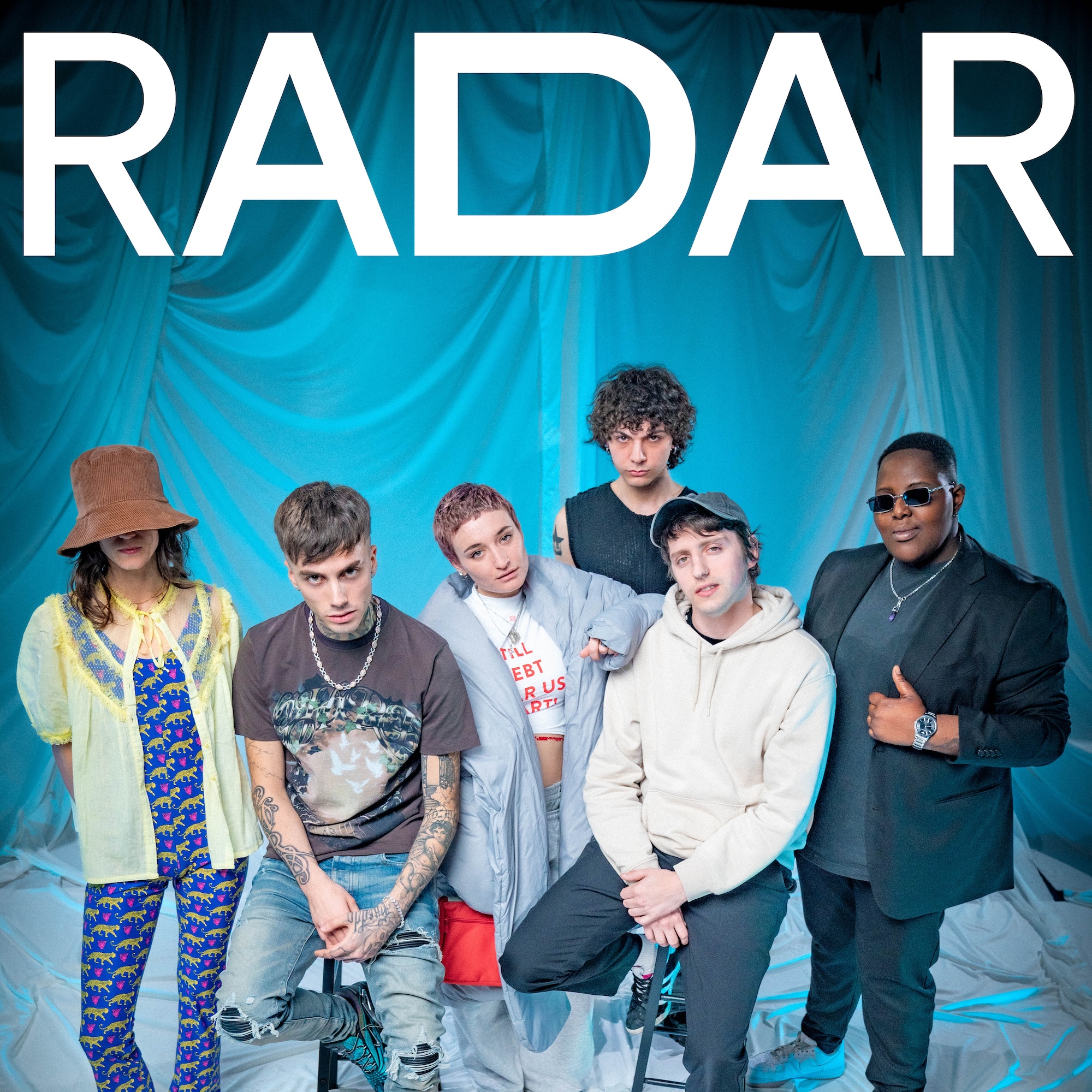
As Spotify’s program to spotlight rising talent from around the world, RADAR supports emerging artists on their journeys to global stardom. Since its launch in 2020, RADAR has featured more than two dozen up-and-coming Italian artists. From BLANCO to BigMama, ARIETE to Il Tre, Rhove to NASKA, many of these entertainers have leveraged RADAR to boost their profiles and connect with new fans near and far.
Now we’re launching our fourth edition of RADAR Italy, featuring Tony Boy, okgiorgio, Coca Puma, STE, Sally Cruz, and centomilacarie.
This group reflects the wide range of styles and genres that extend across the country. They’re driving music trends, influencing everything from rap to electronic to a Gen Z wave of fluid, genreless sounds. As part of the program, all receive Spotify support through a dedicated playlist, special editorial placement, and personalized marketing plans.
To introduce—and celebrate—this year’s class, we brought all six artists to Milan for our first-ever RADAR live event in Italy. Along with performances from our guests of honor, content creator Federico Felletti also interviewed each artist.
Keep reading to get to know these rising stars.
Tony Boy

Amid the growing popularity of rap in Italy, Tony Boy is one to watch closely. The young artist has made a name for himself as an urban singer-songwriter with a penchant for introspective storytelling. His new album, NOSTALGIA (export), is a strong follow-up to his earlier work, including 2020’s Going Hard and 2023’s Umile.
okgiorgio

As RADAR Italy’s first producer and DJ, okgiorgio sits at the forefront of the country’s electronic music scene. The artist pulls from genres like stutter house and U.K. garage to create music with equal parts emotion and danceability.
Coca Puma

Newcomer Coca Puma is a singer-songwriter, producer, and musician who combines genres such as indie, dream pop, nu jazz, and electronica. Her recent debut album, Panorama Olivia, showcases a unique approach to music that has been influenced by her experiences traveling abroad, jazz studies, and eclectic listening habits.
STE
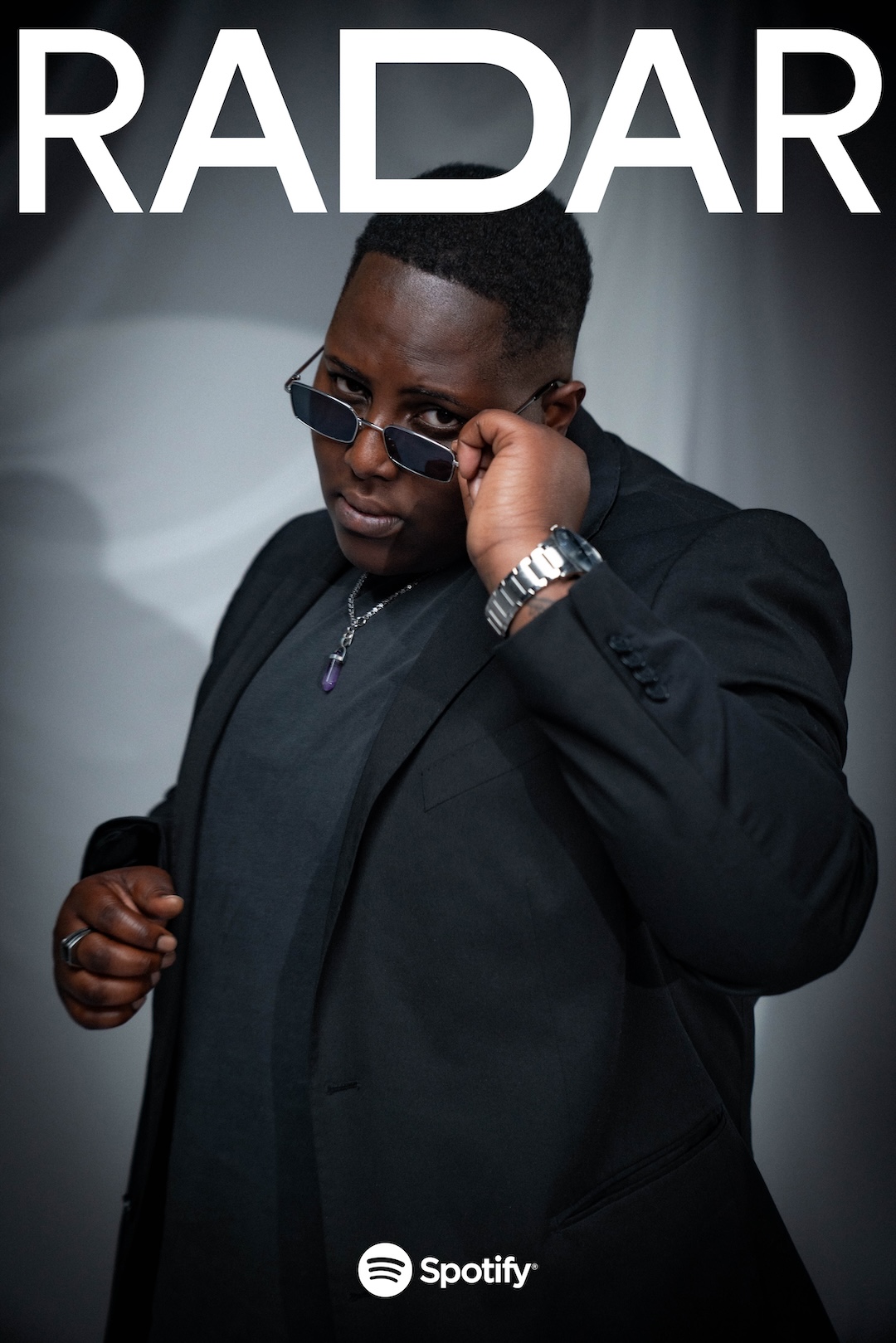
Neapolitan music has emerged as a national phenomenon in recent years, and rap remains a prominent part of the city’s music culture. But R&B is also on the rise, and STE is one of Naples’ most promising representatives, fusing the rhythms of contemporary R&B with Afrobeats and traditional Neapolitan sounds.
Sally Cruz

With the release of her first single, “UN DISASTRO,” Sally Cruz launched her music career in 2022 just as pop punk was beginning to trend in Italy. Today, the artist is also influenced by urban and electronic sounds, evidenced by “LA NOTTE,” her collaboration with thasup and Mike Defunto that recently landed on Spotify’s Hot Hits Italia playlist.
centomilacarie

Centomilacarie, who has been playing music since the age of four, mixes raw and unfiltered songwriting with a diverse sonic palette to create a style all his own. Most recently, the artist collaborated with MACE on two songs from the Italian producer’s latest album, MĀYĀ.
Stream our RADAR Italia playlist to discover more emerging Italian artists.




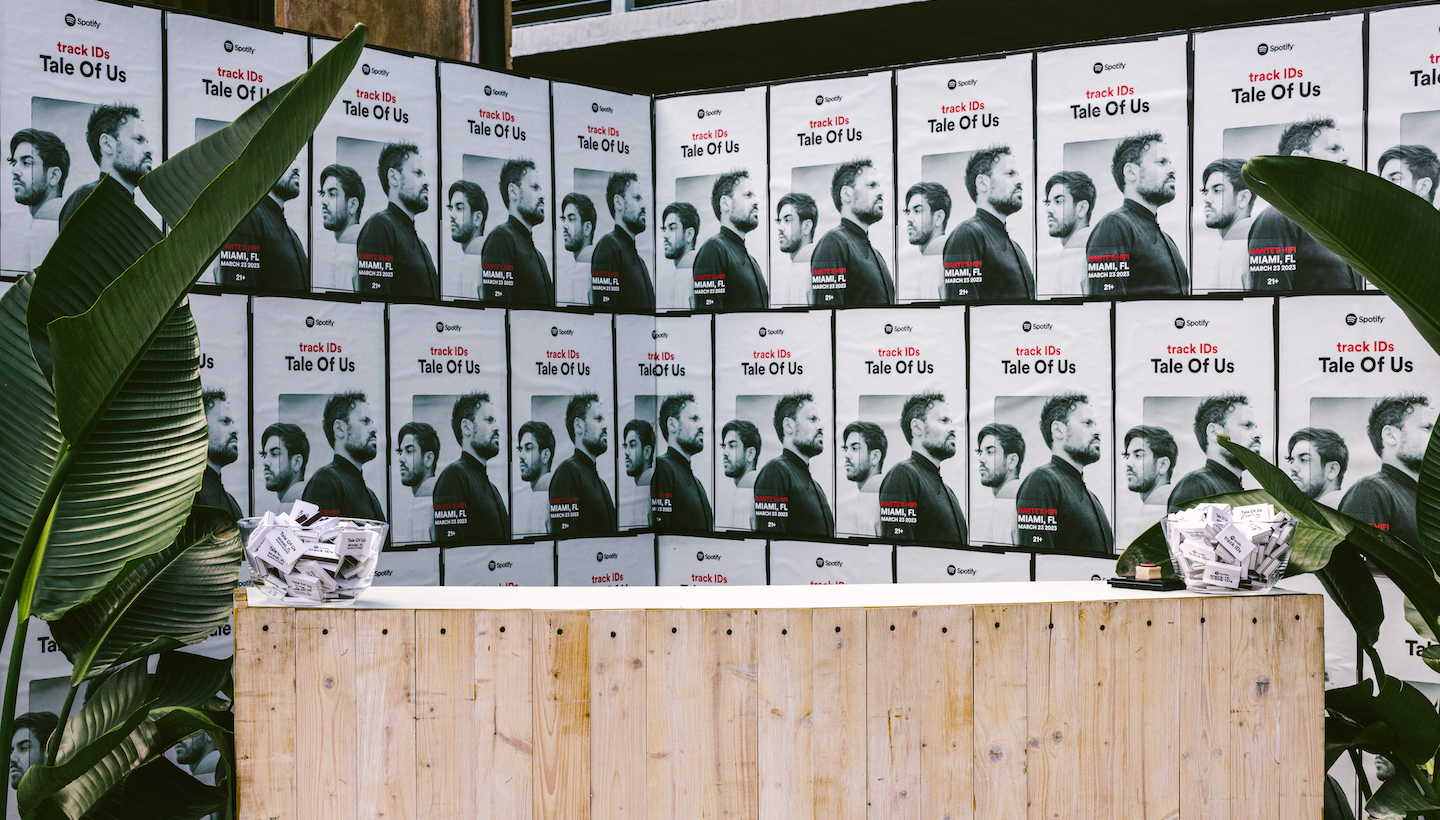
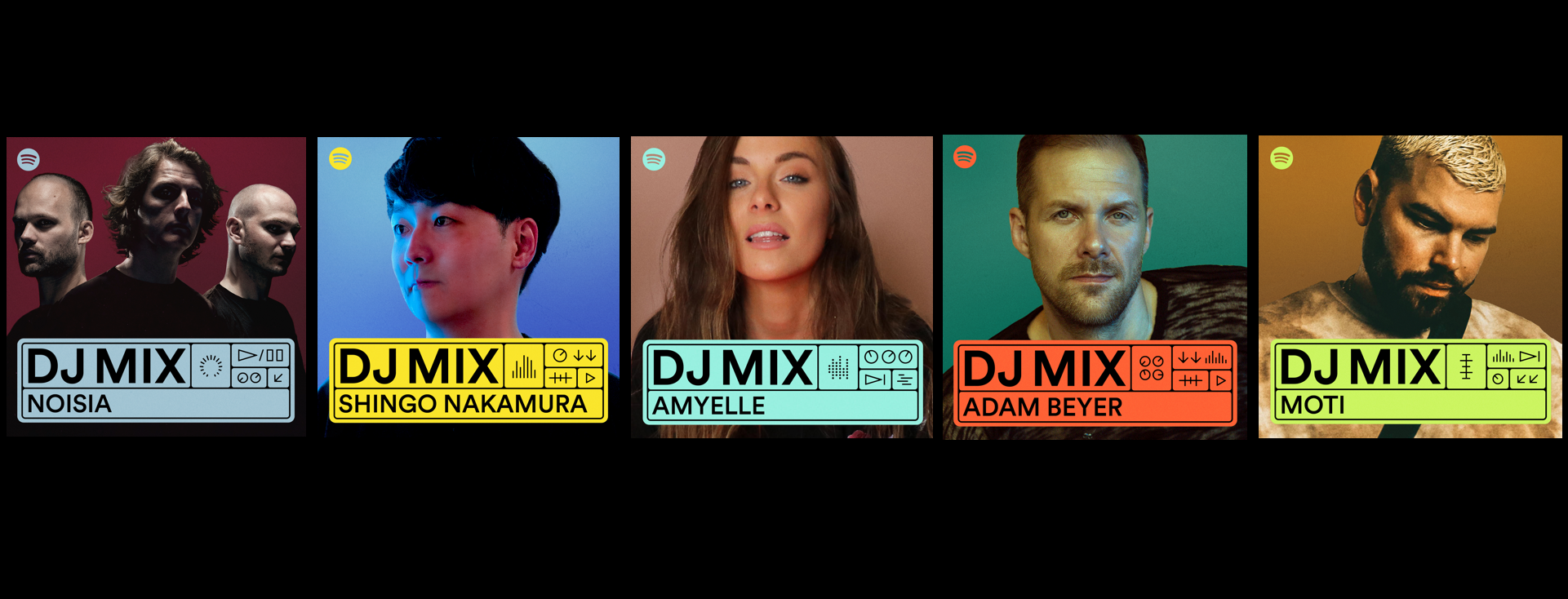
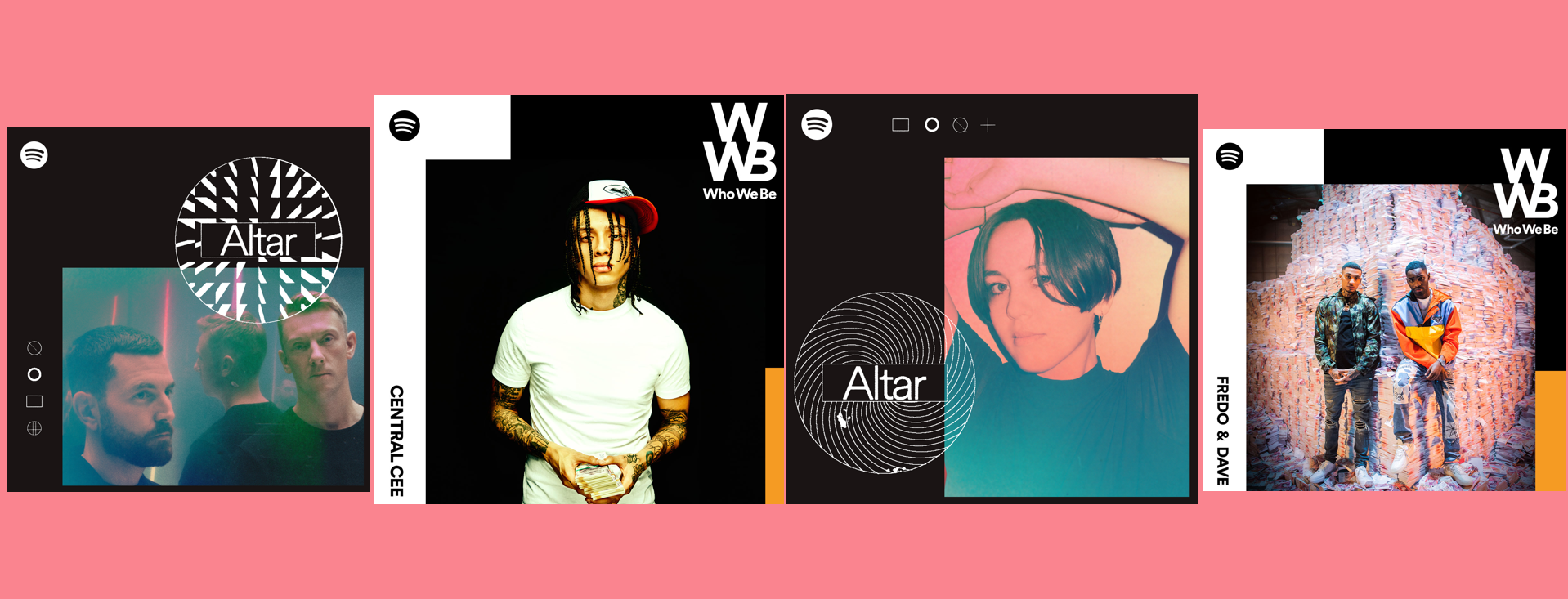
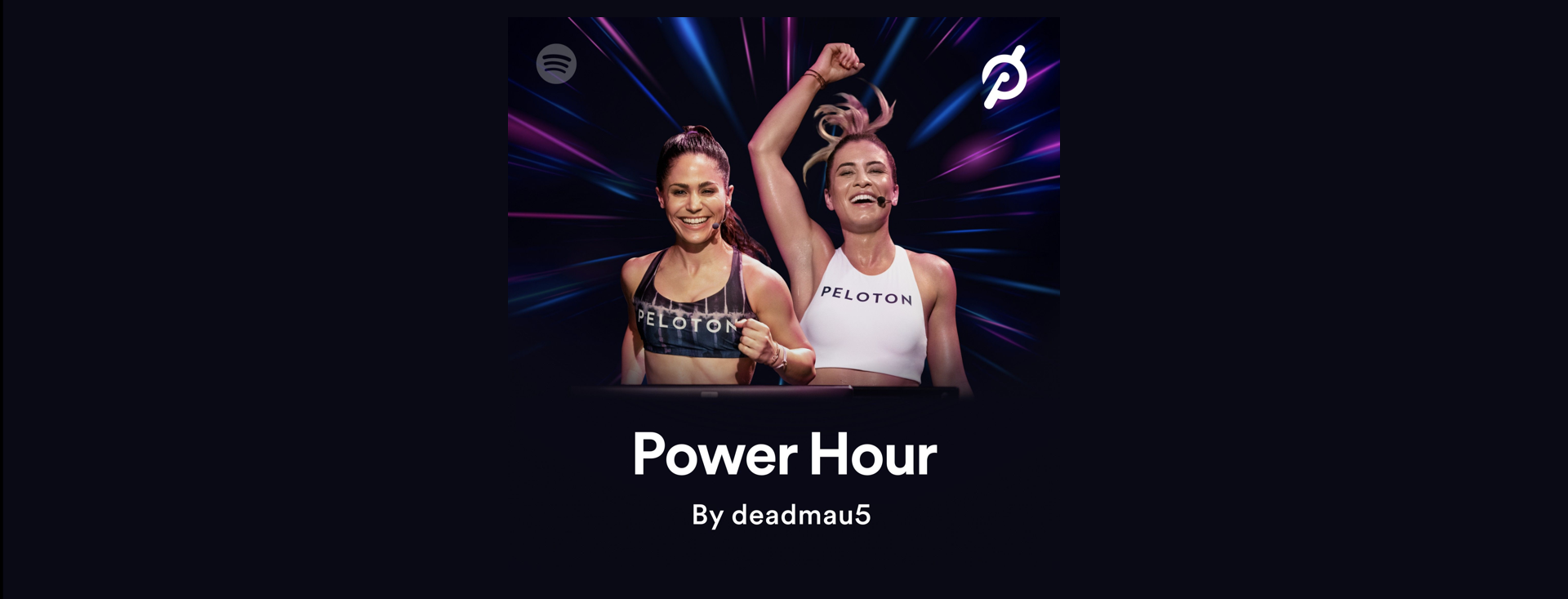
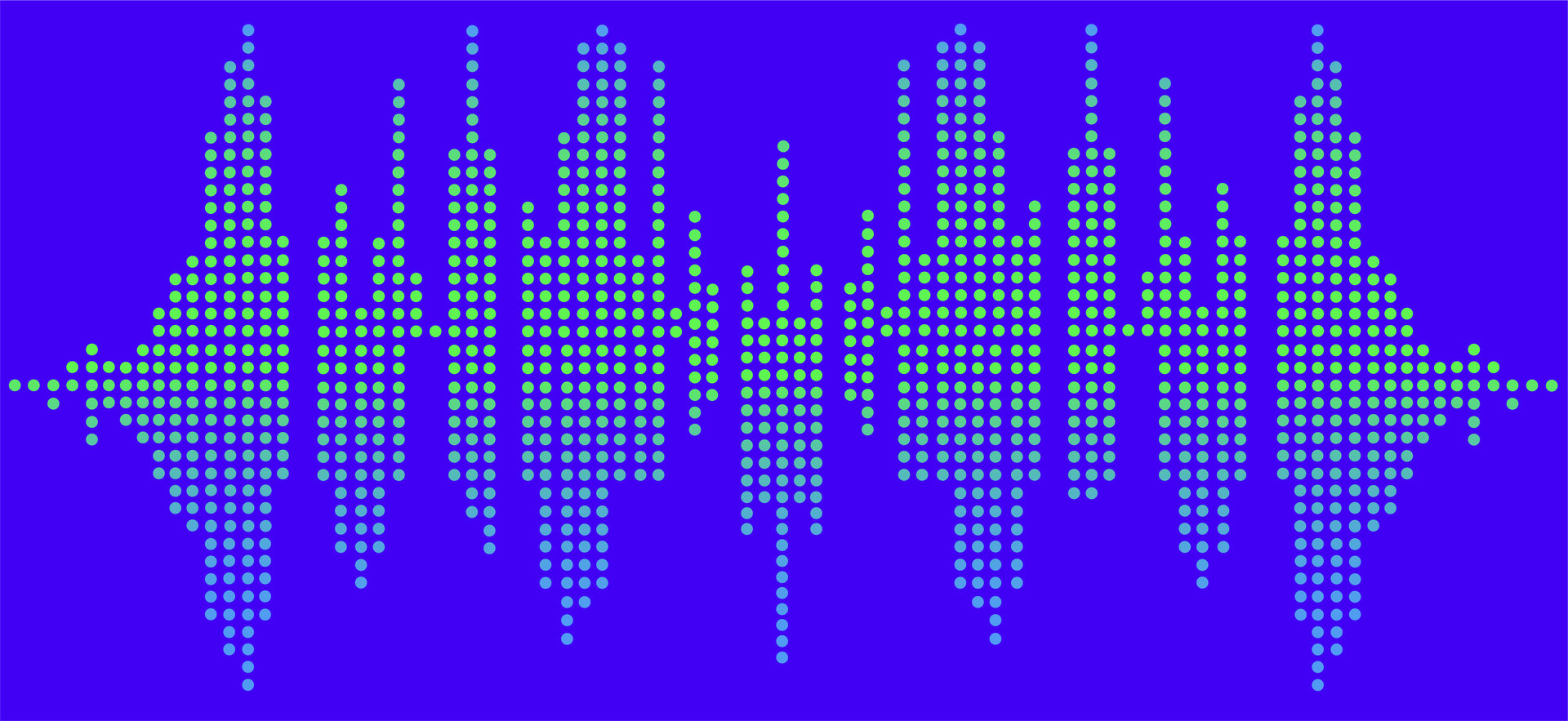
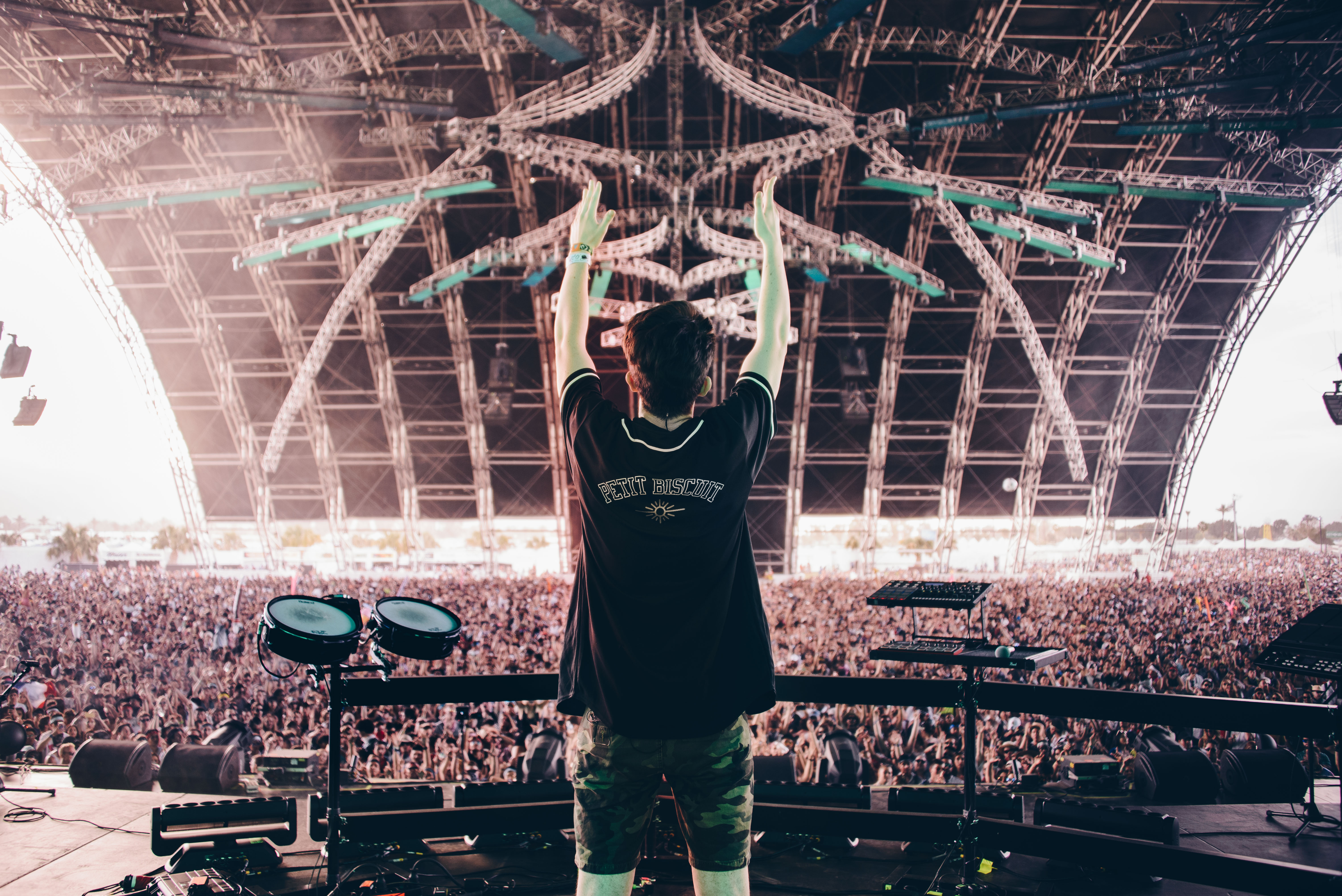
Recent Comments